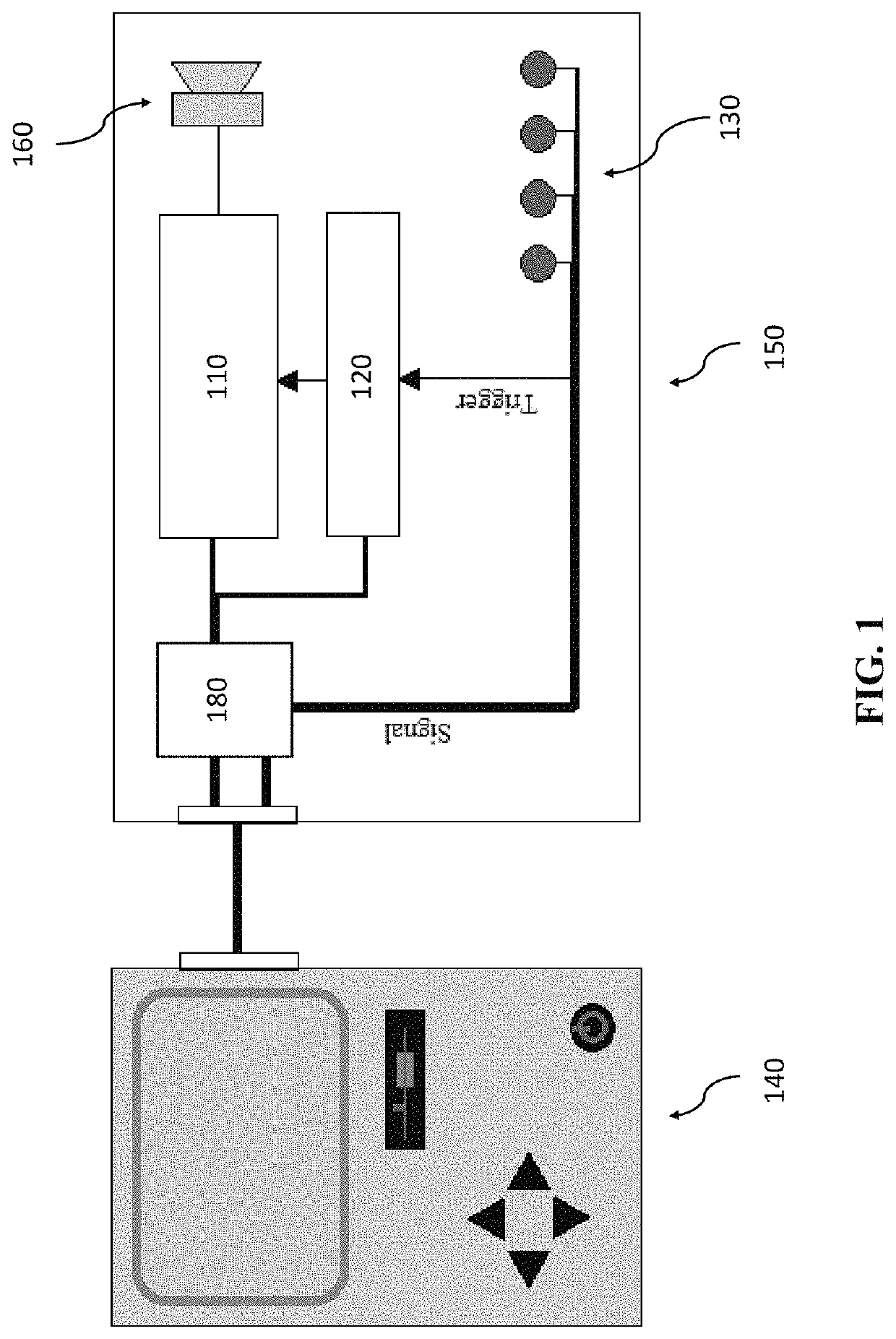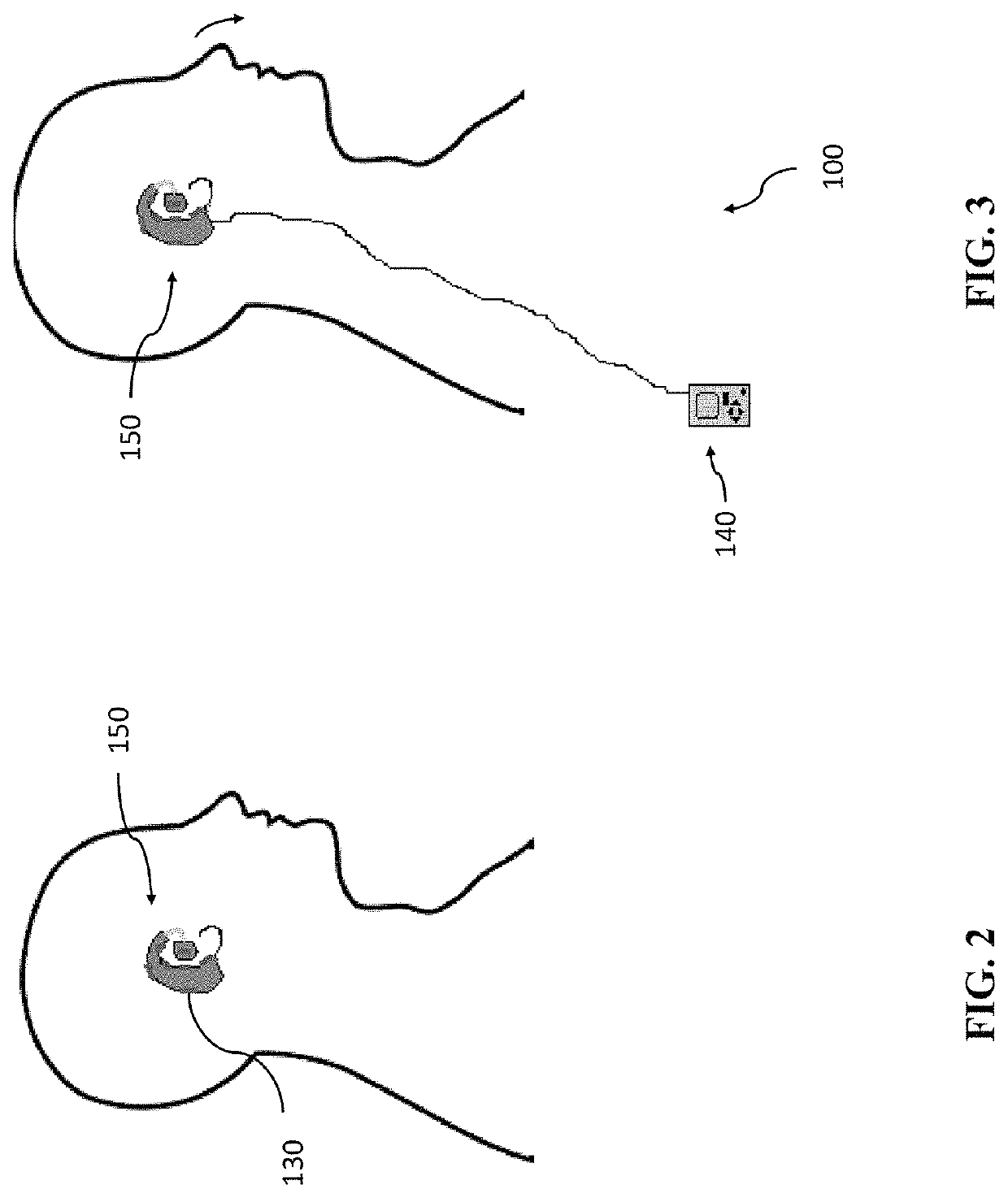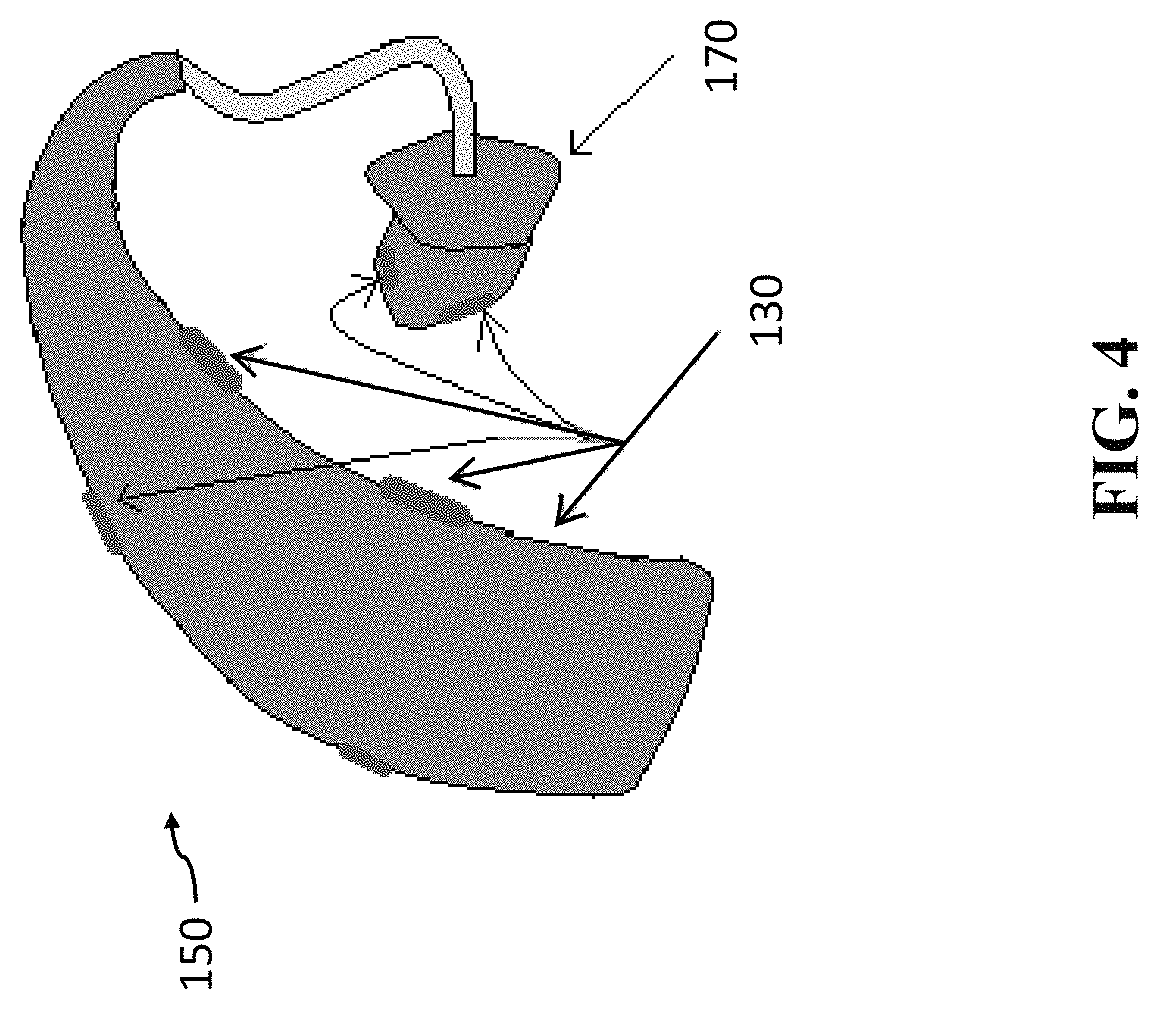Systems and methods for treating tinnitus and enhancing hearing
a technology for enhancing hearing and tinnitus, applied in the field of treating tinnitus and enhancing hearing, can solve the problems of war-related health costs, the negative impact of tinnitus on society, and the number of patients will continue to rise, so as to enhance or suppress sensitivity to certain sound features, enhance speech or speech features, and reduce sensitivity to noise or unwanted sounds
- Summary
- Abstract
- Description
- Claims
- Application Information
AI Technical Summary
Benefits of technology
Problems solved by technology
Method used
Image
Examples
Embodiment Construction
[0072]The following detailed description includes references to the accompanying drawings, which form a part of the detailed description. The drawings show, by way of illustration, specific embodiments in which the apparatus may be practiced. These embodiments, which may also be referred to herein as “examples,”“options,”“configurations,” or “implementations,” are described in enough detail to enable those skilled in the art to practice the present embodiments. The embodiments may be combined, other embodiments may be utilized, or structural or logical changes may be made without departing from the scope of the invention. The following detailed description is, therefore, not to be taken in a limiting sense and the scope of the invention is defined by the appended claims and their legal equivalents.
[0073]Towards the need for improved systems and methods for assisting with both tinnitus and hearing loss (or compromised hearing such as in noisy environments), it is possible to affect n...
PUM
 Login to View More
Login to View More Abstract
Description
Claims
Application Information
 Login to View More
Login to View More - R&D
- Intellectual Property
- Life Sciences
- Materials
- Tech Scout
- Unparalleled Data Quality
- Higher Quality Content
- 60% Fewer Hallucinations
Browse by: Latest US Patents, China's latest patents, Technical Efficacy Thesaurus, Application Domain, Technology Topic, Popular Technical Reports.
© 2025 PatSnap. All rights reserved.Legal|Privacy policy|Modern Slavery Act Transparency Statement|Sitemap|About US| Contact US: help@patsnap.com



